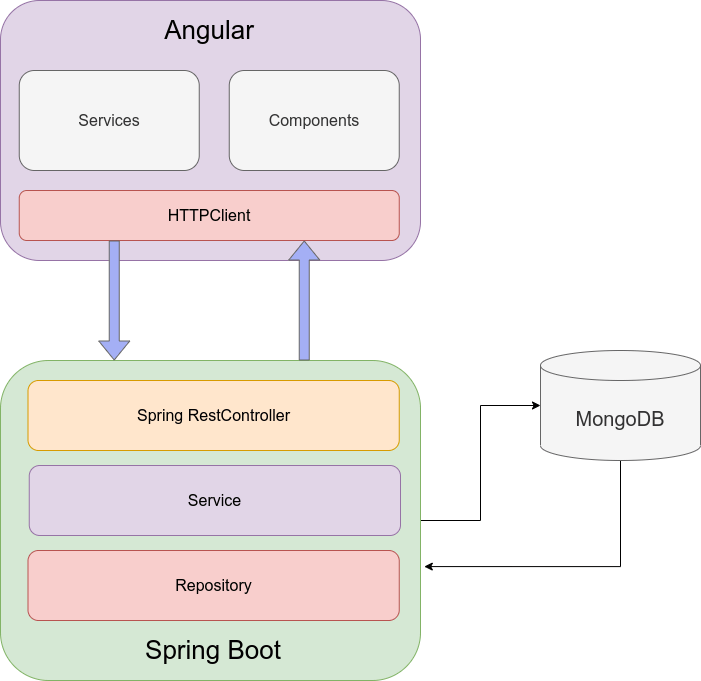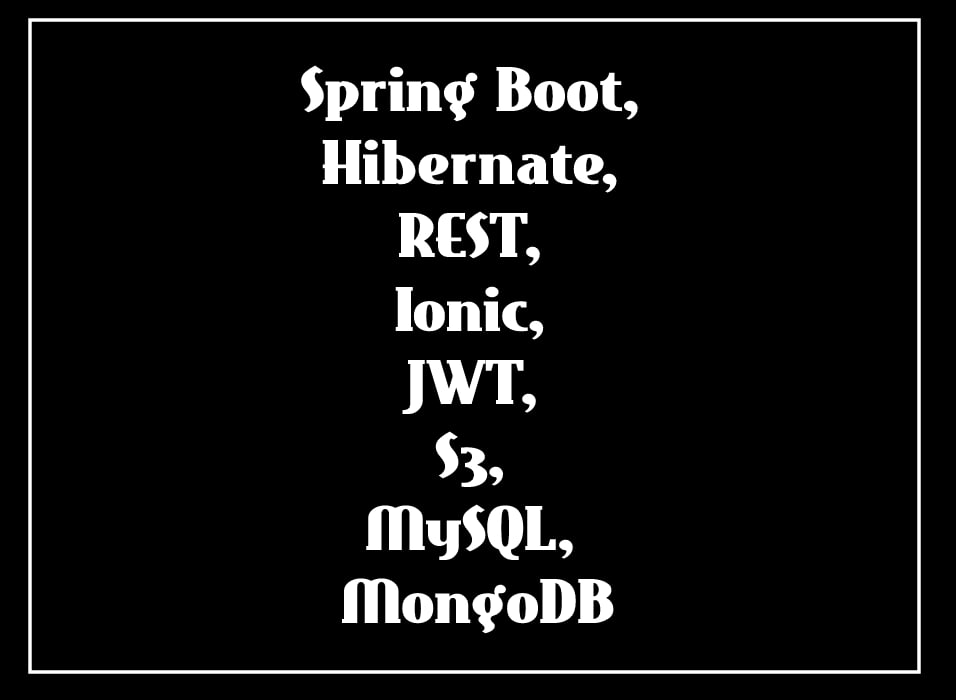

The caller class will interact to data storage using repository(interface) so for caller class it doesn't matter which storage you are using in implementation of repository either MySQL or MongoDb as long as data persist and retrieve back. Spring Repository(interface) is abstraction for data access layer.įor example in your project you are going to use data storage like MySQL(RDBMS), MongoDb (NoSQL), etc. The goal of Spring Data repository abstraction is to significantly reduce the amount of boilerplate code required to implement data access layers for various persistence stores. Abstraction allows you to change the implementation without affecting caller method. Spring is all about abstraction via interfaces. Private String Long created = (new Date().getTime())/ Long modified = (new Date().getTime())/ 1000 Private String = "password can not be = 100, message = "password can not be more than 100 characters.") Private String = "email can not be = 100, message = "email can not be more than 100 characters.") Private String = "last_name can not be = 100, message = "last_name can not be more than 100 characters.")

Public class String = "first_name can not be = 100, message = "first_name can not be more than 100 characters.") But spring boot 2.0.0 and above which supports validation framework 2.0 so etc. Note: In current example we are using spring boot 1.5.7.RELEASE which uses validations framework 1.1.0. Add following lines for database connection.
#Springboot java hibernate annotations in mongodb update
Update your adle, add following dependencies and refresh the project, gradle will download the required dependencies(jar files).Ĭompile(':spring-boot-starter-data-mongodb')Ĭreate new source folder under src/main/resources if not exist and add new file called application.properties. Also checkout Spring boot rest api with MySQL CRUD examples or browse all spring tutorials here. In previous articles we have seen Creating first rest api in spring-boot and also Passing and validating RequestParam in spring-boot rest api now we will take one step further by interacting with database.


 0 kommentar(er)
0 kommentar(er)
